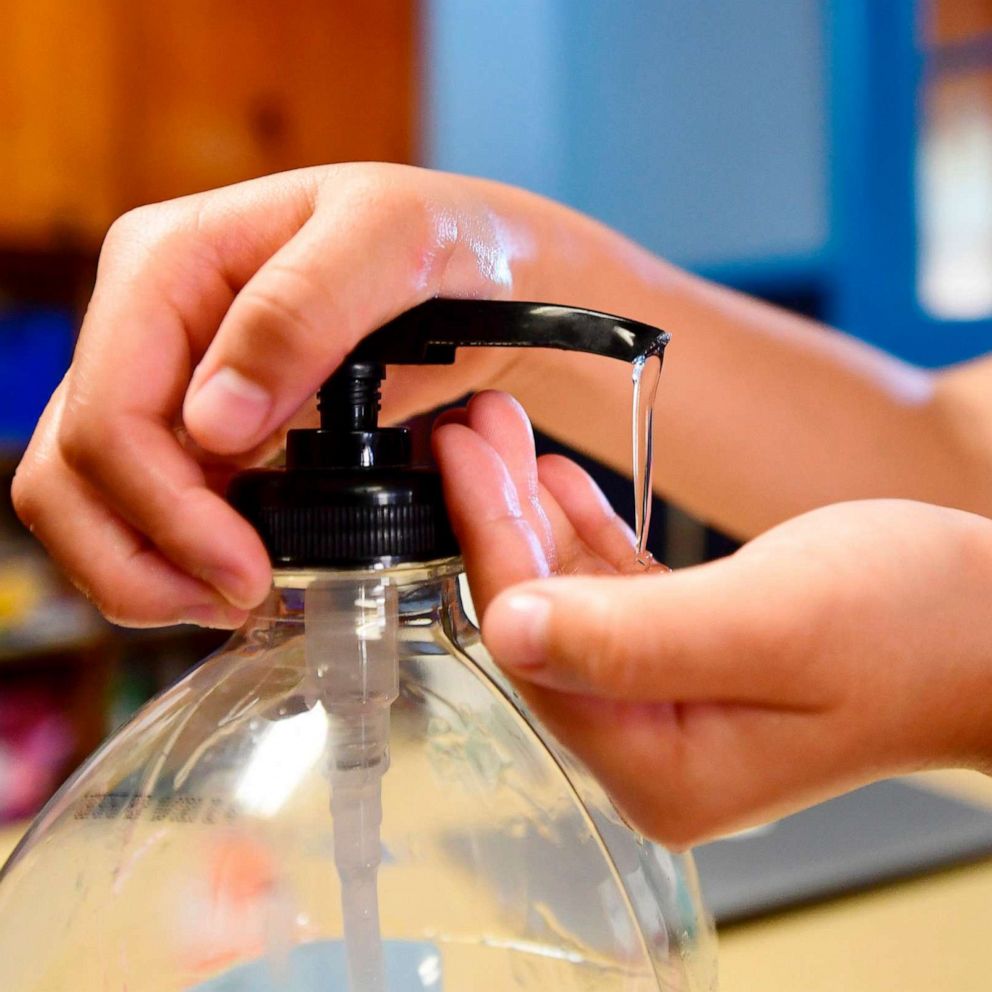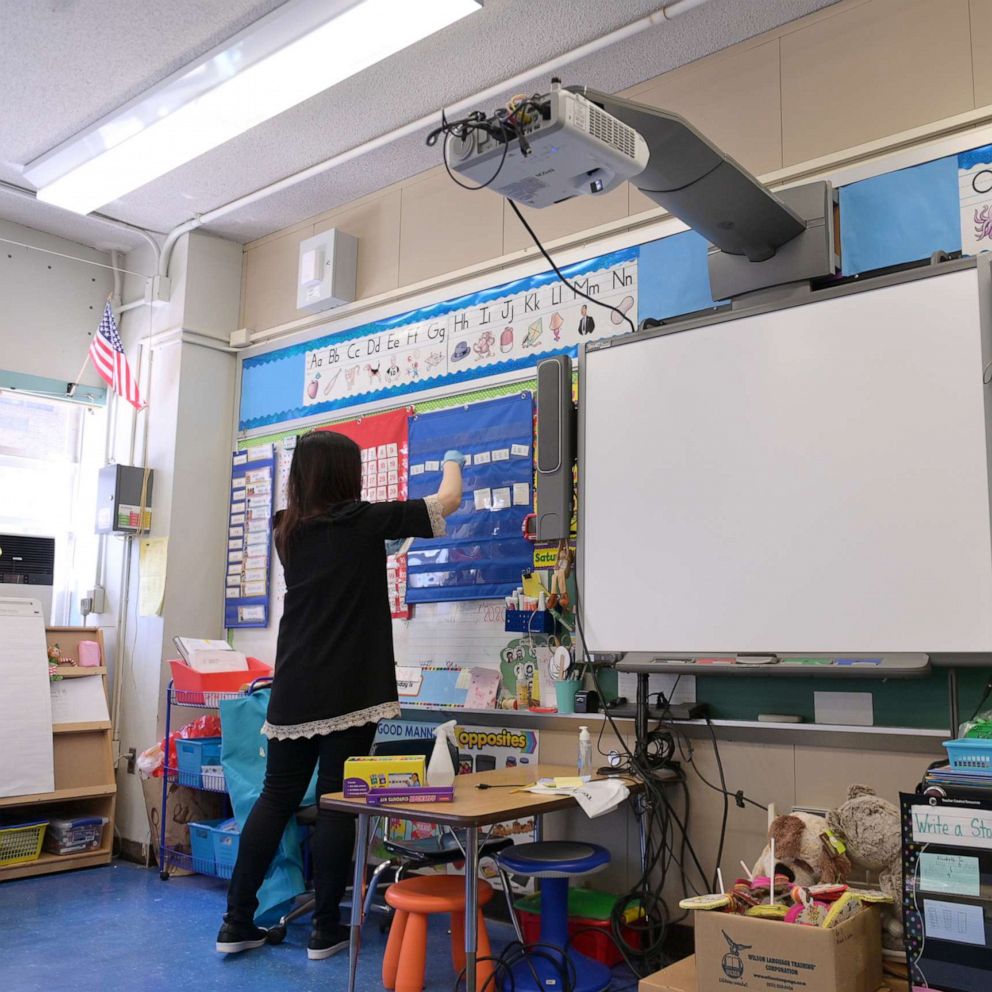How the country's largest school systems, NYC and LA, are planning for the fall amid the pandemic
Community transmission of COVID-19 plays a large role in each state's decision.
The largest school systems in the country will likely have very different starts to the upcoming school year.
Earlier this week, Los Angeles announced that when classes resume Aug. 18, students will be fully remote indefinitely.
Come September, New York City plans to begin the year with a hybrid model, with students attending school both in-person and online, the city announced last week.
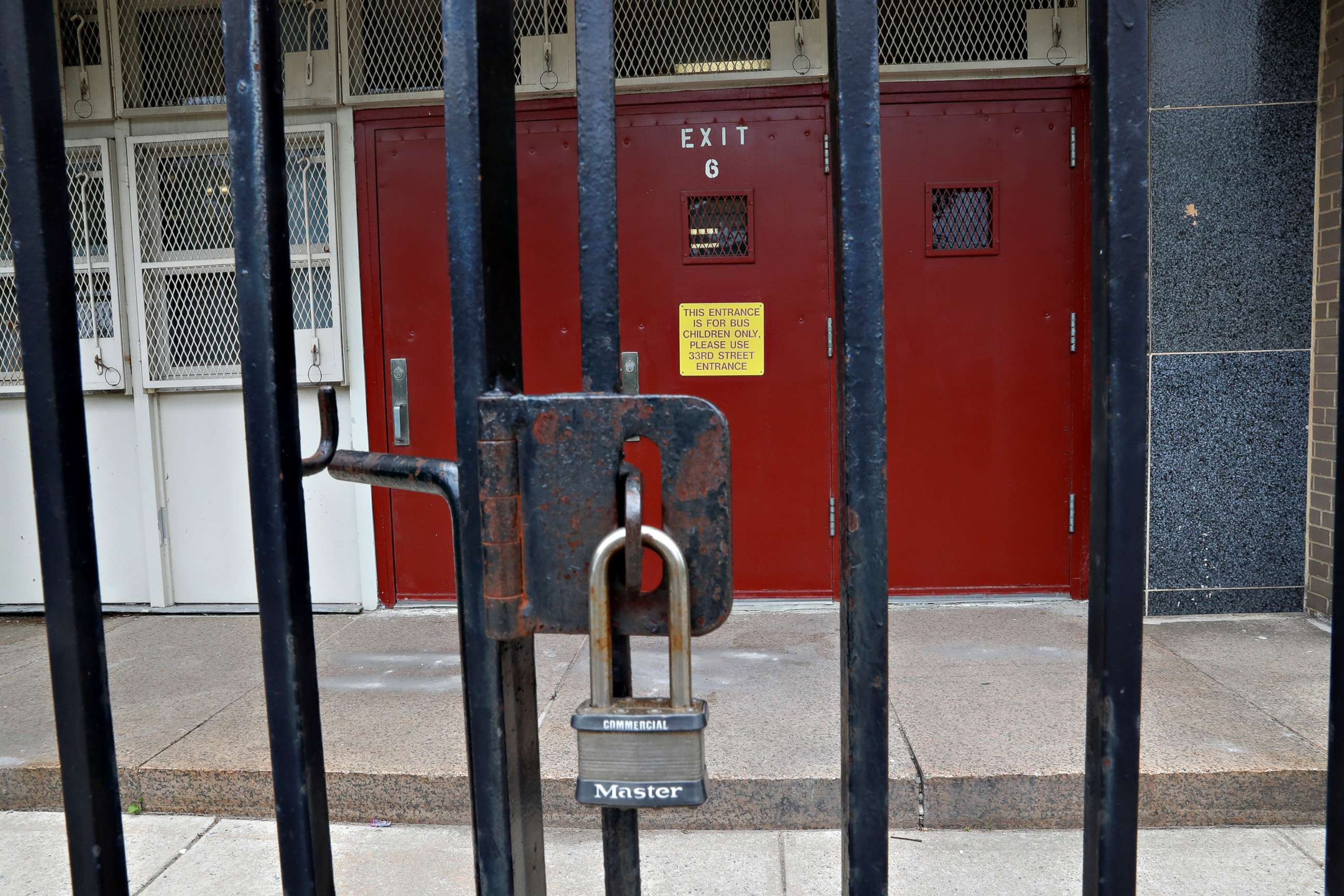
The updates come amid a nationwide debate over the reopening of schools during the coronavirus pandemic. Teacher unions have pushed back against reopening, particularly in states where COVID-19 cases are on the rise.
The American Academy of Pediatrics has advised that this year's goal should be for students to be "physically present in school" if it is safe for students and staff -- with proper precautions in place and a remote learning backup plan should an outbreak spring up.
Much of the decision-making about whether to reopen schools is likely to come down to the daily positivity rate, or infection rate -- a measure of how prevalent the virus is in a given neighborhood or city. Cities with a low daily positivity rate may be able to reopen schools, with caveats, while those with a high rate of new infections may not be able to resume in-person learning.
New York City and Los Angeles demonstrate how two cities in very different stages of the pandemic are approaching reopening schools.
After peaking in early April, COVID-19 cases, deaths and hospitalizations have been on a steady decline in New York City, which could enter phase 4 of the state's reopening plan as early as next week. Los Angeles County, meanwhile, has reported record cases and deaths in recent days, and has been rolling back some of its reopening plans.
"You can't reopen schools where there is broad community transmission, just because it will only add fuel to the fire," said ABC News contributor Dr. John Brownstein, an infectious disease expert at Boston Children's Hospital and professor at Harvard Medical School. "If you kept case numbers down and the percent positive down, then there are strategies you can put into place to open schools in a safe way."
Dr. Taison Bell, a critical care and infectious disease physician at the University of Virginia, told ABC News he would not feel comfortable with schools opening in communities with high rates of transmission.
"The most important thing is the level of viral activity in the community," he said. "We don't know as much about kids, but we know that there is high transmissibility between adults.
An in-person approach
In announcing the plan for New York City's public school system and its 1.1 million students, Mayor Bill de Blasio said the approach "maximizes in-person instruction while protecting health and safety of our students and educators."
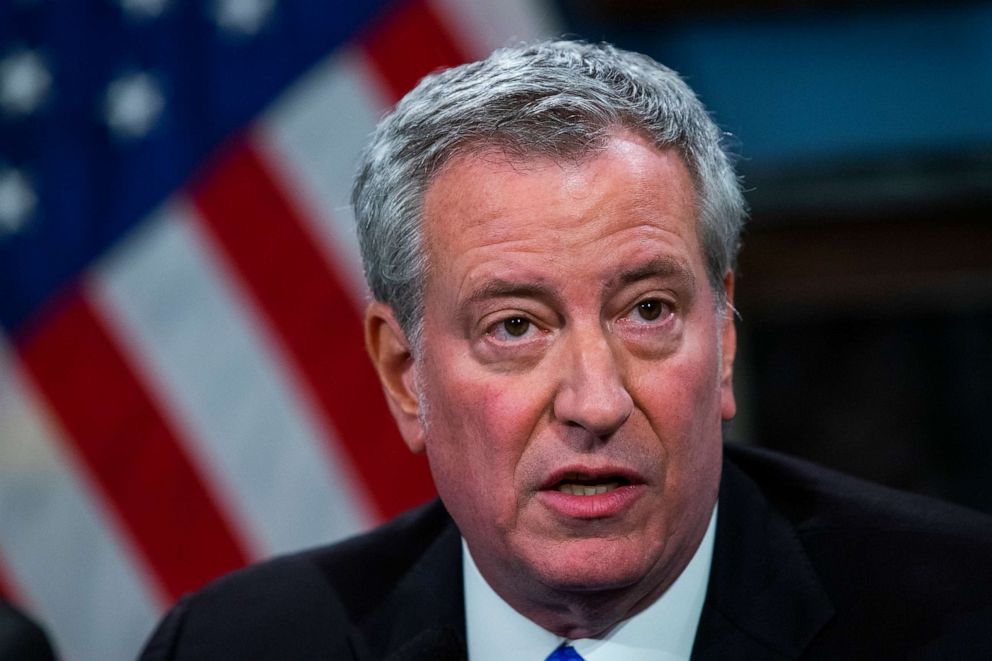
The preliminary plans have schools forming cohorts of students that will come in-person on set days at a reduced capacity that takes social distancing recommendations from the city's health department and the Centers for Disease Control and Prevention into account. That could look like at least half the student population in the classroom five days every two weeks, or one-third of students in person five days every three weeks. The optimum classroom size is between nine and 12 students, Chancellor Richard Carranza said. In 2019-20, the average class size was 26.1 students, according to the city's Department of Education.
Families can opt for all-remote learning -- but most likely will not. According to a city survey of 300,000 parents, 72% prefer sending their children back to school if safety measures are in place. Faculty with underlying medical conditions that might make in-person learning risky can also apply for accommodations, Carranza said.
When schools do reopen, students and staff will be screened upon arrival for symptoms. The city has not elaborated on what that will look like in its reopening plan, only that it will be based on the "latest health guidance." School spaces themselves will be reconfigured to allow for physical distancing and there will be a designated "isolation room" should someone become ill. HVACS and air conditioners will have improved ventilation, everyone will be required to wear face coverings and all rooms will have hand sanitizer. Each night, the buildings will be sprayed with a disinfectant. More information is expected in the coming weeks on diagnostic testing and contact tracing protocols, as well as extracurriculars.
All this is based on whether the city continues to limit community spread of COVID-19. This week, Gov. Andrew Cuomo announced that schools in the state can reopen if the daily coronavirus infection rate in phase 4 regions is under 5% and must close if the rate surpasses 9%. Those percentages are based on World Health Organization recommendations for community transmission, a spokesperson for the governor's office told ABC News.
The positivity rate in the city has held steady recently at around 2%.
"New York can create a more nuanced opening approach based on what happens in a community," Brownstein said. "All the components of that strategy" -- from monitoring for illness, social distancing and mask-wearing to ventilation and the hybrid learning model -- "are core public health activities that we have been thinking about all along."
Clustering -- keeping the same group of students with the same staff and limiting mixing -- is also key, the doctor said, since screening measures may not catch pre-symptomatic transmission.
Social distancing and mask-wearing will pose challenges, especially for younger children, Brownstein noted.
"It is not going to be 100% enforceable, but every little bit that is done can reduce transmission," he said. "The more that we can do, the more that transmissions will be reduced, the more cases will come down, hospitalizations will come down and ultimately deaths."
Hybrid models can provide flexibility, Bell said, but there is a level of uncertainty. For example, if too many parents choose to send their children to school, it could complicate the models.
Since New York City announced its plans, Philadelphia has also said it will start the year with a hybrid approach. Its test positivity rate is around 2%.
Remote, for now
The positivity rate in the Los Angeles area was approaching 10% when superintendent Austin Beutner announced that the Los Angeles Unified School District would be starting the school year remotely.
"The health and safety of all in the school community is not something we can compromise," he said. "The news about the spread of the virus continues to be of great concern."
That decision can be at odds with the needs of the district's nearly 700,000 students and their families, Beutner acknowledged. Through surveys, parents have said their children had struggled to learn online after schools closed in March.
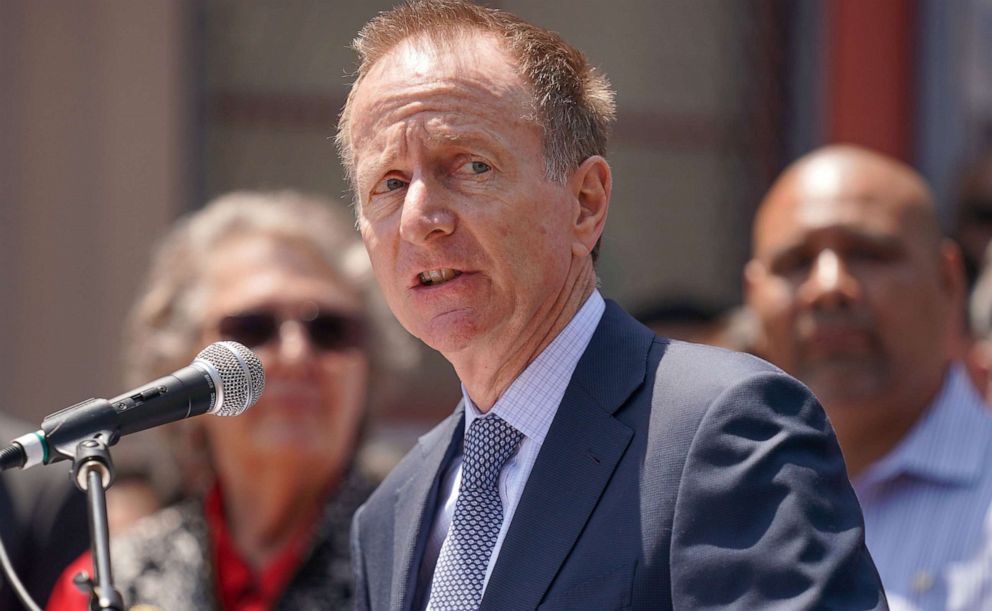
Weighing the risks of no in-person instruction, a new report from the National Academies of Science, Engineering and Medicine advised that schools prioritize reopening in the fall, especially for students in kindergarten through fifth grade -- for whom distance learning can be a struggle -- and for those with special needs. The study noted that children risk falling behind academically through remote learning, which could "exacerbate" inequities.
At a briefing Wednesday on reopening schools, Dr. Annette Anderson, deputy director of the Center for Safe and Healthy Schools, said the organization knows of more than a dozen states that have not addressed equity within their plans.
Closing schools might mean missed meals and unreliable broadband internet at home could limit academic access. But there are risks to opening too soon as well, experts say.
"By not controlling this pandemic at a high level, you are putting the risk of not even opening altogether," Brownstein said. "And that [will] lead to a bigger impact on low-income populations."
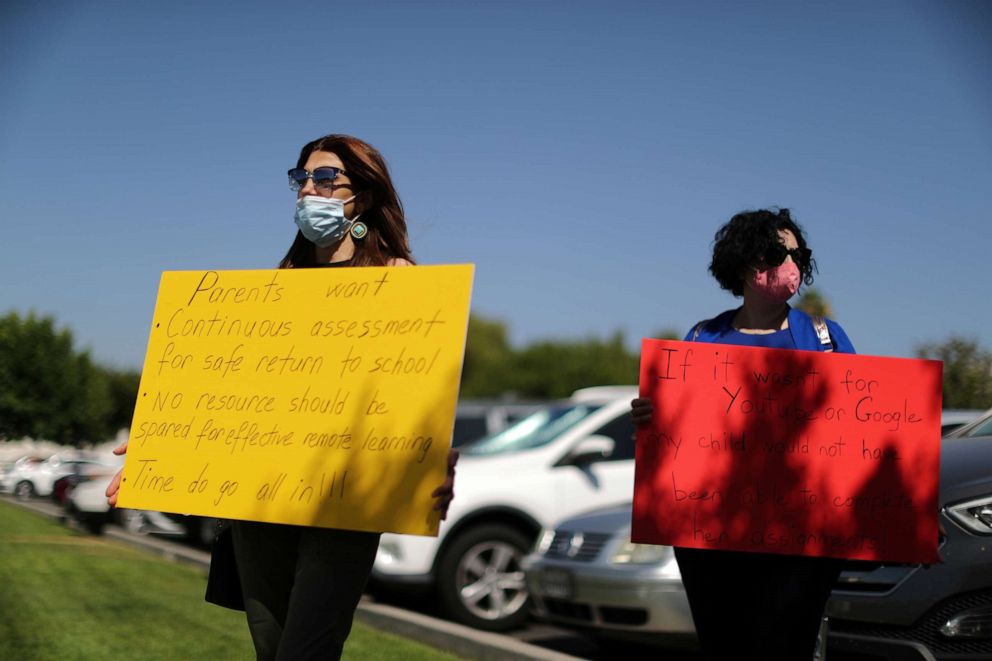
One approach may be to prioritize children who need to attend in-person classes the most, Bell said. In New York City's plan, where in-person learning could be just one day a week, there are additional models that could allow for in-person attendance five days a week, and other models for schools serving students with disabilities, the mayor said.
Schools may also look to make up for lost time. Where possible, the Los Angeles school district is looking to add one-on-one tutoring after school and on Saturdays to help students "accelerate their progress," Beutner said.
The Los Angeles school district plans to have final plans on at-school programs by the first week in August. When it does eventually bring students back to the classroom, the district has said it plans to test students and staff regularly and conduct contact tracing, along with other practices such as wearing masks and social distancing, Beutner said, noting that places that have "done the best in responding to the virus" -- such as South Korea, Denmark, Germany and Vietnam -- have followed all of those measures. Beutner estimates it will cost about $300 a year, per student, to test students and staff weekly, as well as family members of those who test positive for the virus.
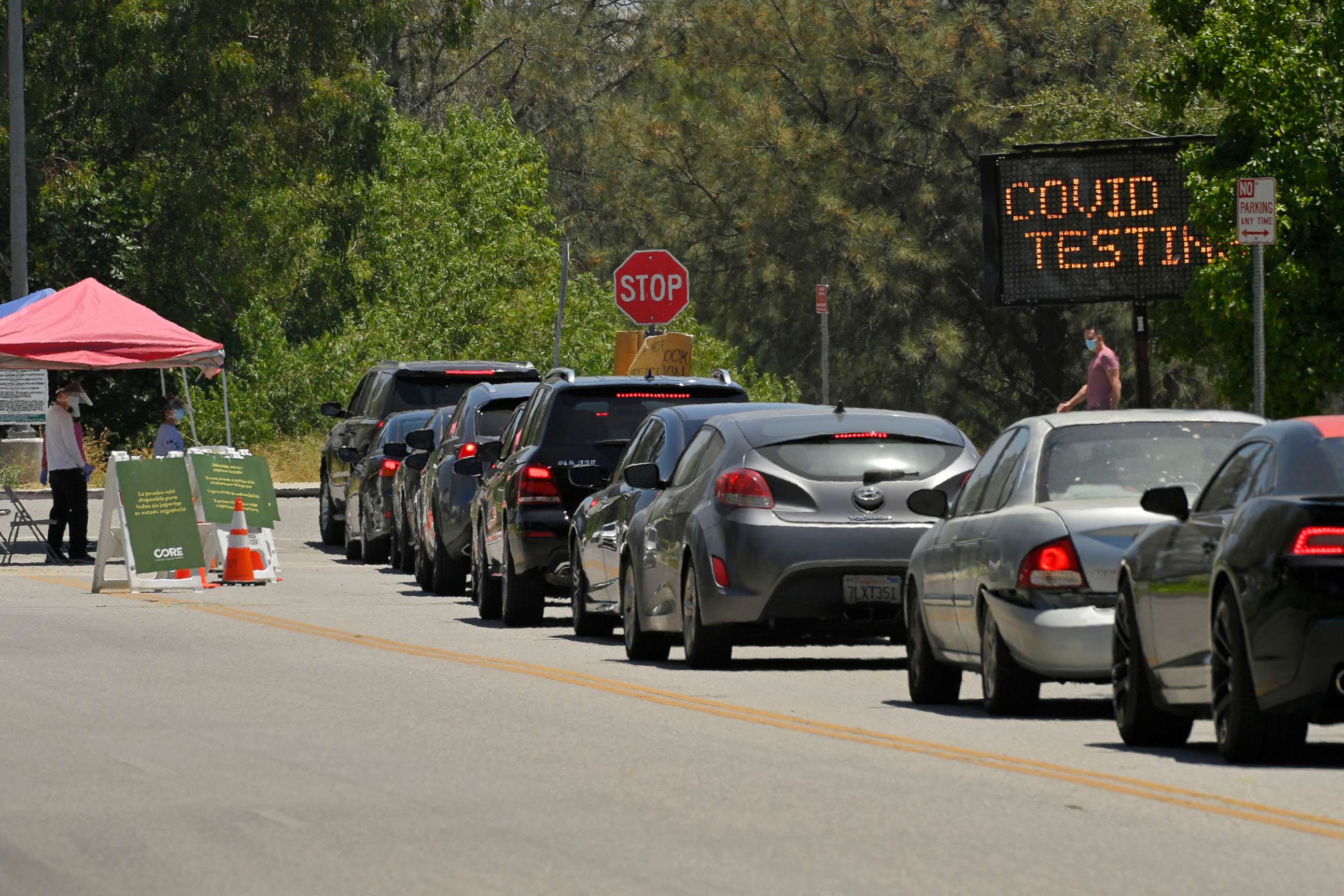
"Ideally, doing testing on all children and staff before starting school would be best," Bell said, adding that, unfortunately, there may not be the infrastructure to do that.
In addition to Los Angeles, other cities where COVID-19 cases have been increasing have recently announced that the school year will be completely remote to start. These include Houston, Atlanta, San Diego, San Francisco and Nashville.
Going forward
During this time of crisis, "parents will be less anxious if there is a plan," Bell said.
Still, deciding whether to send your child to school, if you have the option, is also "tough," said Brownstein, who lives in the Boston area and said he plans to send his two children back.
"There is low community transmission in Massachusetts right now. It makes sense to let our kids get the education that is so valuable," he said. "My logic changes dramatically when test positivity is high, hospitalizations are high and mortality data is increasing. It depends what state that parent lives in right now."
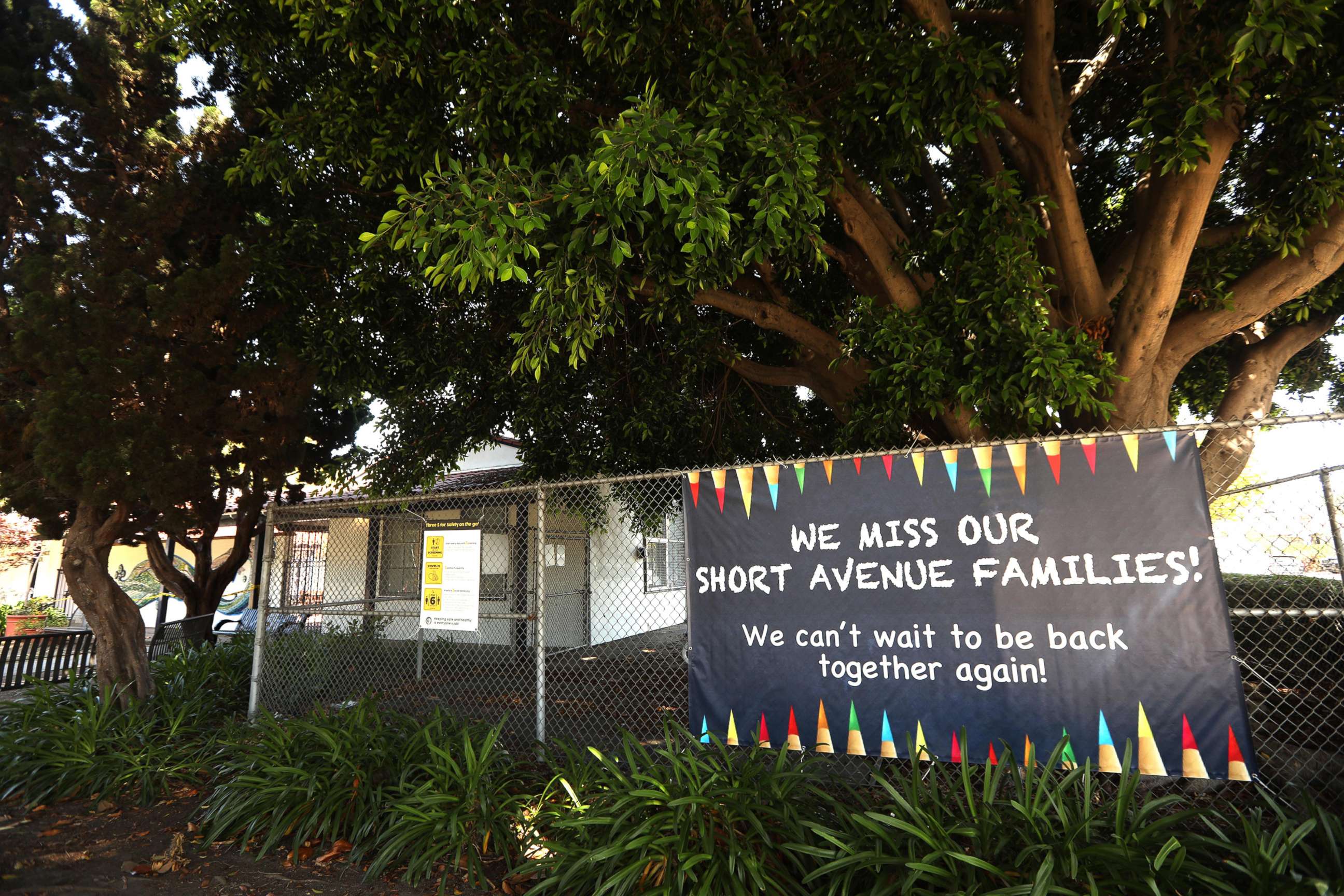
Schools could be involving parents in the process, such as bringing them in to see the classroom environment, Anderson said. "Right now, schools must convince parents and teachers that returning to schools is safe," she added.
For now, all eyes will be on the data, especially for cities that plan to follow a hybrid approach.
"Only the future will show us which plans are the most effective," Bell said.

